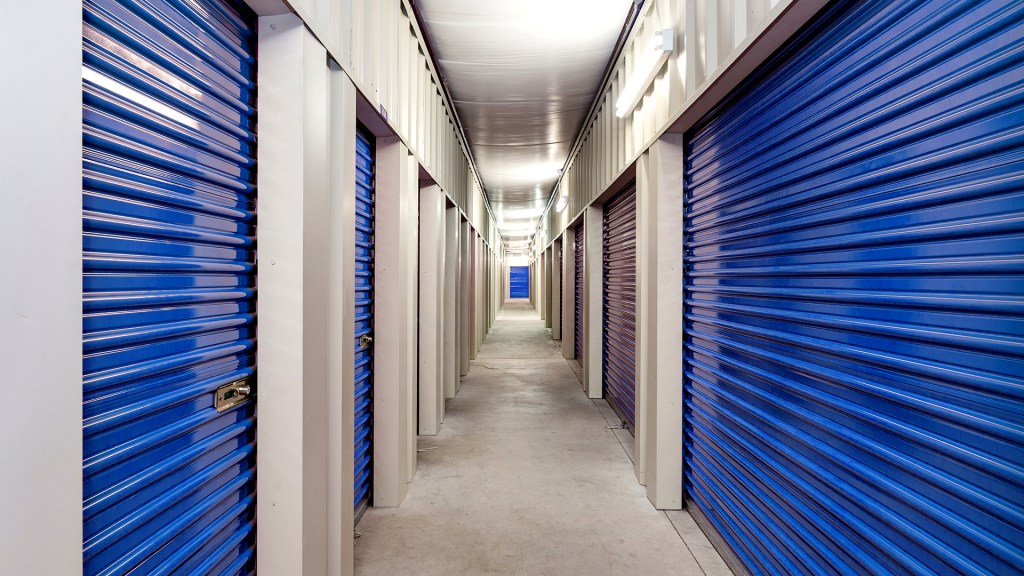By Cutright Elizabeth on May 25, 2016 in News
What happens when interior design mimics software deve lopment and architecture merges with technology? For the founders of WeWork, the end result is a property management hybrid that owes more to start-ups than real estate agencies. With an estimated worth of $16 billion, founders Adam Neumann and Miguel McKelvey have managed to elevate the business of renting office space in a way that appeals to millennials and embraces the versatility and tech-savvy innovation of Silicon Valley.
lopment and architecture merges with technology? For the founders of WeWork, the end result is a property management hybrid that owes more to start-ups than real estate agencies. With an estimated worth of $16 billion, founders Adam Neumann and Miguel McKelvey have managed to elevate the business of renting office space in a way that appeals to millennials and embraces the versatility and tech-savvy innovation of Silicon Valley.
Unlike other workspace rental companies, WeWork aims to provide more than just a desk and some Wi-Fi. WeWork memberships provide a whole host of benefits. WeWork’s 50,000 members can expect “super-fast Internet,” cleaning services, on-site community managers, and free coffee, tea, fruit water and, of course, beer on tap – all for tiered fees ranging from $45 to $1000 per month.
Tailor Made Office Space
For quick deployment, uniformity is an essential aspect of the company’s business model. As it turns out though, a typical WeWork office is not so typical. The Williamsburg locale features all the accoutrements of the hipster lifestyle – craft beers, exposed brick, and wood paneling abound – but WeWork offices are customizable based on location and need.
Customization is achieved through innovative use of Building Information Modeling (BIM). BIM trades blueprints for digital models. Through digitization, building designers can plan for the lifespan of a project, from construction to cost management and facility operations.
The ability to adapt appealed to WeWork’s founders. After collaborating with architectural design firm Case on several WeWork locales, they eventually purchased the company.
“When you go to a normal architecture firm they aren’t going to be innovative in terms of their systems,” McKelvey told Wired.
“They’re not going to be thinking of the whole lifespan of this project, or how do we document every single light bulb, or every product,” he explained.
With Case nestled into their portfolio, WeWork can act quickly says McKelvey, “so that when a chair breaks in a conference room, we can replace it right away.”
Apple’s Inspiration
Fano admits WeWork hopes to leverage its BIM technology into an even grander scheme: A vertically integrated real estate venture that can encompass all aspects office space construction and rental, including producing their own furniture and other design elements.
“I use the analogy often that Apple historically worked with a processor company, and then one day they bought a processor, because it’s so key to their technology they needed it,” Fano says. “In the future, could we have our own company that does aluminum extruding, makes furniture, or our own custom wallpaper company?”
Digitized Blueprints
Case founder David Fano now heads up a “physical products” team. His group combines interior design with engineering, logistics and composite architecture. With each new WeWork project, the team creates a detailed digital model by scanning the whole building with a specially outfitted 3-D laser.
Capturing every detail, from uneven flooring to outdated plumbing, produces a final building blueprint that blends functionality with style. Eventually, the company hopes to include meta-data into its building plans. By using real-time information on materials pricing, the company can choose products and resources that are most cost effective.
International Portfolio
BIM allows WeWork to deploy its business model all over the world while also on building costs by cutting out the more wasteful elements of traditional construction.
As Dennis Shelden, an associate professor at MIT Architecture and a co-founder of Gehry Technologies explains in the same Wired article, “The general consensus is that 30 percent of all construction is waste.”
“If you do some of the simple things with BIM, you can save 10 percent of the building cost.”
Currently, WeWork manages 77 workspaces in the U.S., Canada and Europe, including over 2.7 million in square feet of Manhattan real estate. There are additional offices in Israel and China, with six more opening soon in India, Mexico, Korea, Hong Kong and Australia.
In the meantime, the company is focusing on expanding its business model into new locales and new service offerings. The company expects to add 100 workspaces by the end of 2016. Seed money in the form of $430 million from Chinese investors will fund an expansion into the Asian market.
New Markets and New Prospects
Another expansion – this time into the residential market – marks a new stage in WeWork’s evolution. Just last month the company announced it had opened its first co-living space in New York. WeLive promises to provide, “A new way of living built upon community, flexibility, and a fundamental belief that we are only as good as the people we surround ourselves with.”
With the same millennial sensibilities that have come to define WeWork office space, WeLive residents will have access to amenities like Bose speakers, fridges full of beer and sparkling water, and access to yoga classes and other entertainments. In exchange, the rooms are small and built to encourage community interaction.
“We are happy if there are some bros here having a good time,” McKelvey recently told Forbes. “But there will also be people here eating wine and nice cheese and watching ‘The Bachelor,’ too. It’ll be diverse, and if we do our job, it will stay that way.”


